11 Things to Know When Traveling to Japan
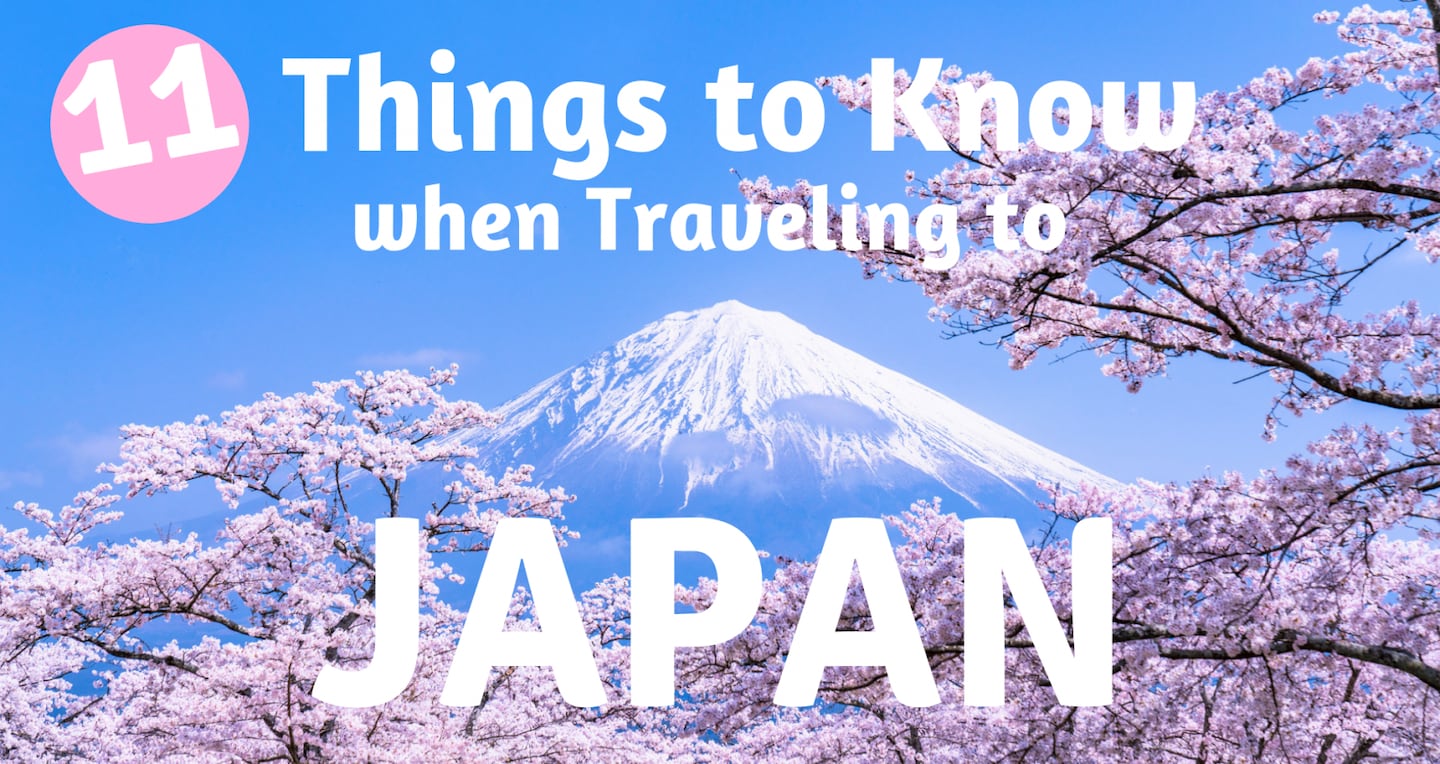
What does a foreign traveler need to know when visiting Japan? While there are many lists out there, a lot of them seem to have trouble distinguishing between the incidental and the truly important. Here we try to parse it down to 11 key things you definitely need to know and a few more that could be helpful. Happy travels!
By Michael Kanert1. Transportation in Japan
https://www.youtube.com/watch?v=oG8NH-9U2mY
Japan has some of the best public transit on Earth, so there’s little need to rent a car (if you do, you’ll need an International Driving Permit). Most visitors opt to get a JR Pass (Japan Rail Pass), which allows unlimited use of JR lines for a seven-, 14- or 21-day period. The cheapest pass costs only slightly more than a round-trip Shinkansen (bullet train) ticket between Tokyo and Kyoto, so assuming that’s on your agenda, there’s really no reason not to get one. Just be sure to order it before you get to Japan—you have to receive your voucher before you arrive and then exchange it upon arrival.
1a. Different Kinds of Trains
There are different kinds of train lines in Japan. Most—but not all—overland trains are JR, so your JR Pass will work on them. But look out for private lines named the “Kintetsu Something Line,” the “Seibu Something Line,” etc.—basically anything not “JR.” Subways aren’t covered either, so while Tokyo is mostly navigable by JR, depending on your plans, you may have to supplement by buying individual tickets or investing in a chargeable Suica card (there’s a ¥500 deposit you can get back when you give up the card at the airport station on your way out; you can get a card from a machine at any station). Suica works in Tokyo and many other areas of Japan, but not all, so check the compatibility list before you try to use it outside the Tokyo area.
1b. Station Exits
When you look up a destination station, check which exit you need to take. While small stations might just have one or two exits, the largest will have dozens upon dozens attached to vast underground networks, and taking the wrong exit could leave you both disoriented and as much as a kilometer (0.6 mi) away from your goal.
1c. Last Train
With the exception of some rare sleepers, there are no 24-hour trains in Japan. Always keep an eye on the departure time of the last train, as taxi rides are expensive—and the cost goes up after the train lines shut.
2. Arrival Airport for Japan
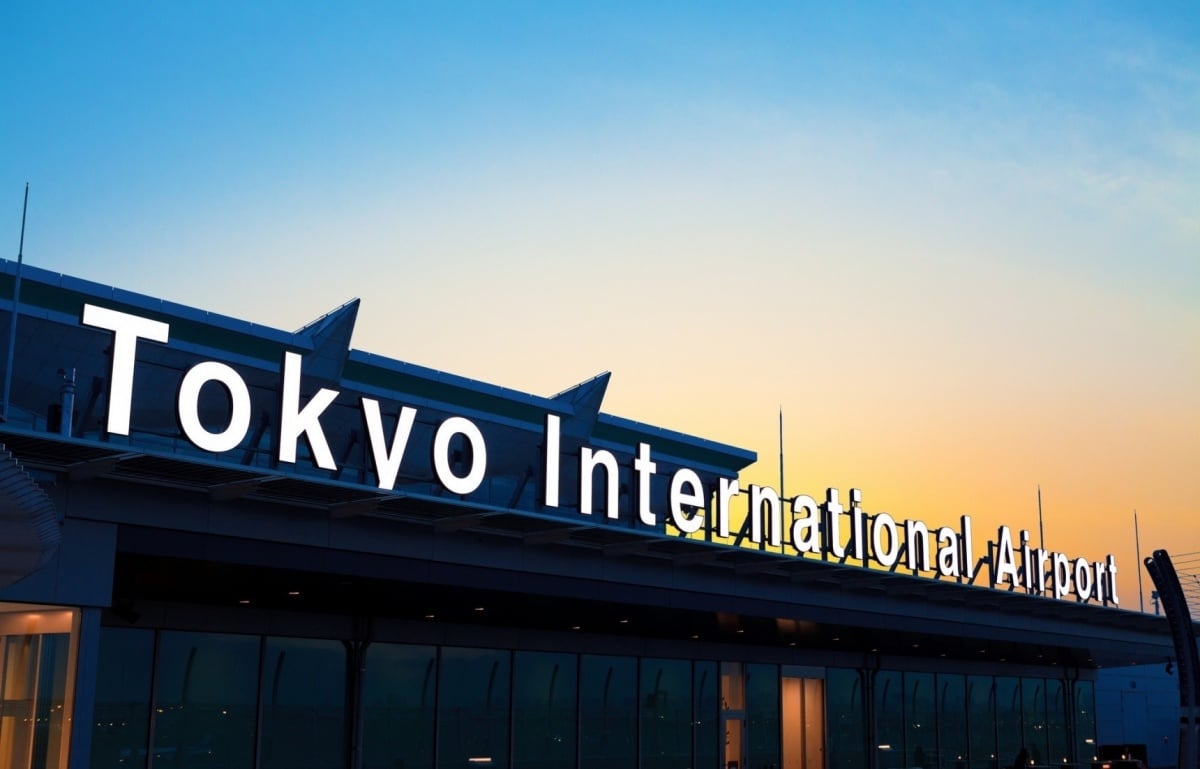
https://allabout-japan.com/en/article/5316/
Try to use Haneda Airport if you can. It’s much closer to Tokyo city center, and a much cheaper and more pleasant trip than the long slog from Narita. Rather than the Keikyu Line, you’ll probably want to use the monorail, since it’s covered by the JR Pass. If you do have to use Narita, only take the Narita Express if you have the JR Pass—if you don’t have the pass, take the Keisei Electric Railway Skyliner, which is much cheaper. You can also take local trains from Narita, but they take forever, and you’ll have to navigate more transfers.
3. Electronics in Japan
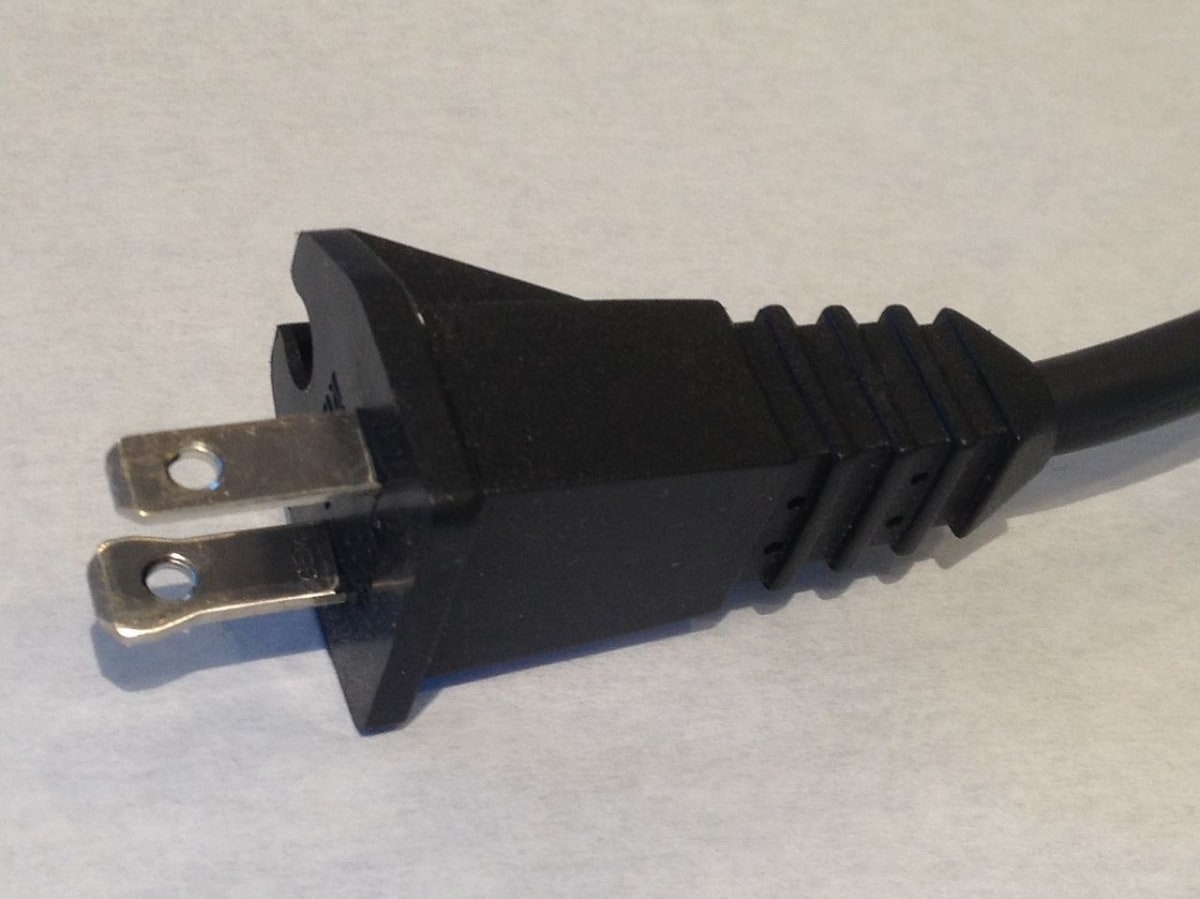
https://en.wikipedia.org/wiki/AC_power_plugs_and_sockets
If you’re coming from North America, your electronics will work without an adapter in Japan (assuming they don’t have a ground pin, as most Japanese sockets won’t take one). From anywhere else, you’ll need to buy an adapter.
3a. Wi-Fi
Japan’s Wi-Fi is sporadic, so unless you have roam-everywhere cell service, you’ll want to rent pocket Wi-Fi from a kiosk at the airport. The rate is usually around ¥1,000 per day (about US$9). If you’re in a pinch, head to a McDonald’s or a convenience store. Some major Tokyo stations (e.g., Shinjuku, Shibuya) also have Wi-Fi. Wi-Fi will be free in all modern hotels, but older traditional inns (ryokan) may not be connected.
4. Money in Japan
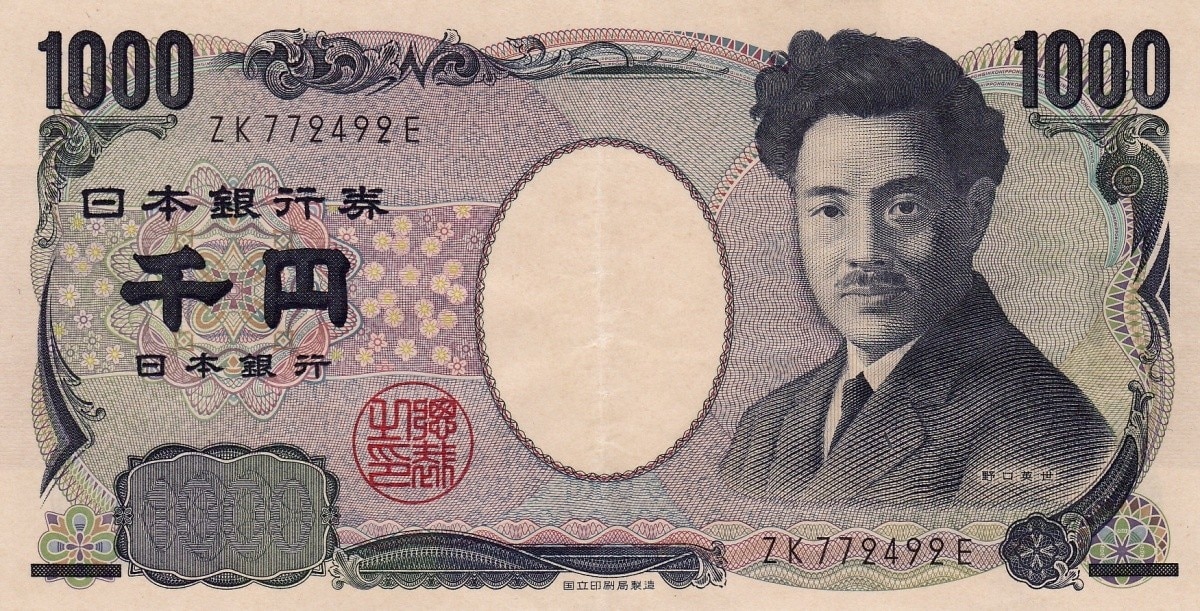
https://en.wikipedia.org/wiki/Japanese_yen
Most major restaurants, transportation routes and tourist destinations will take international credit cards. However, if you want to go places with local color—or, for that matter, most temples and shrines—you’ll need cash. Since bank machines close late at night, your best bet 24 hours a day is 7-Eleven, which has bank machines where you can withdraw yen using select international cards. It’s a good idea to have ¥10,000 of emergency cab fare cash at all times.
5. Directions in Japan

https://allabout-japan.com/en/article/5822/
Use Google Maps to get around: input your destination and it will show you all the possible ways you can get there, including the train costs, times and transfers. For famous spots, just input the name in English. For lesser locations, you can try copying and pasting the kanji. If that doesn’t work, find the address in Japanese and paste it into Google (addresses input in English tend to give results that are off by about 100 meters/109 yards or more). Also, Google tends not to include specialist tourist buses in its calculations, so you may have to do some additional research to get to some more out-of-the-way locations. (If you don’t feel like looking for kanji, you can try the same name in Apple Maps, which sometimes has English names registered that Google Maps does not.)
5a. Station Names
All train stations are labeled in English and Japanese. But buses in the countryside (and even many in cities) will only identify stops in Japanese, so travel to spots far from train lines can be tricky without using a Google Map.
5b. Orientation
All but the largest streets have no names in Japan, and houses are numbered non-sequentially in blocks. When you need to find things, trust your Google Map, or look for landmarks. Also be aware that maps posted in stations tend not to be oriented with north at the top, so they can be confusing.
5c. When Lost
Station staff and police officers are amazing for directions. They won’t speak much (or any) English, but they have extensive knowledge of the area. Believe it or not, the cops at a police box (koban) are quite accustomed to offering directions!
6. Japanese Convenience Stores
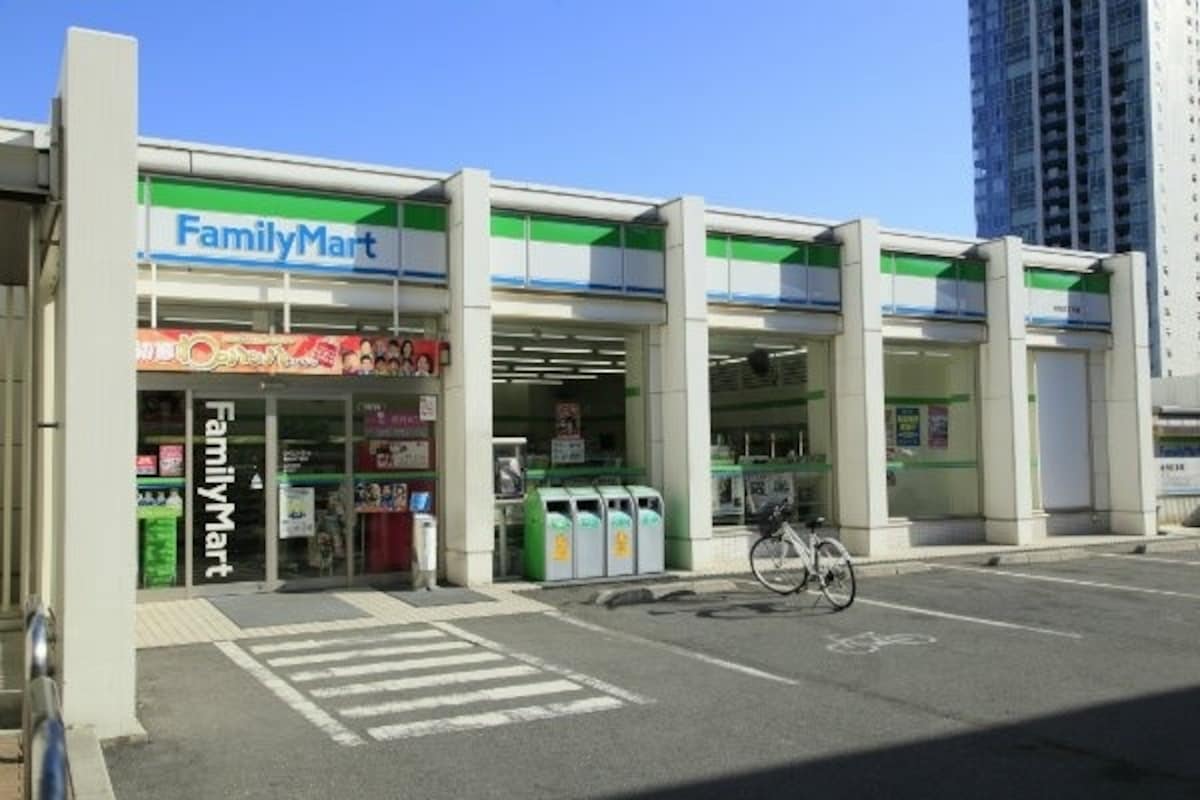
https://allabout-japan.com/en/article/3648/
Japanese convenience stores sell almost anything you could need in a pinch: phone chargers, razors, underwear, alcohol, food (including heatable dinners, which you can ask them to heat for you) and much more. Nearly all convenience stores are open 24 hours, and there’s one roughly every 200 meters (220 yds) in most urban environments. Many also have Wi-Fi, and you can use the Loppi machine at a Lawson convenience store to buy tickets to the Ghibli Museum, Tokyo Disneyland, sumo and more.
7. Food in Japan
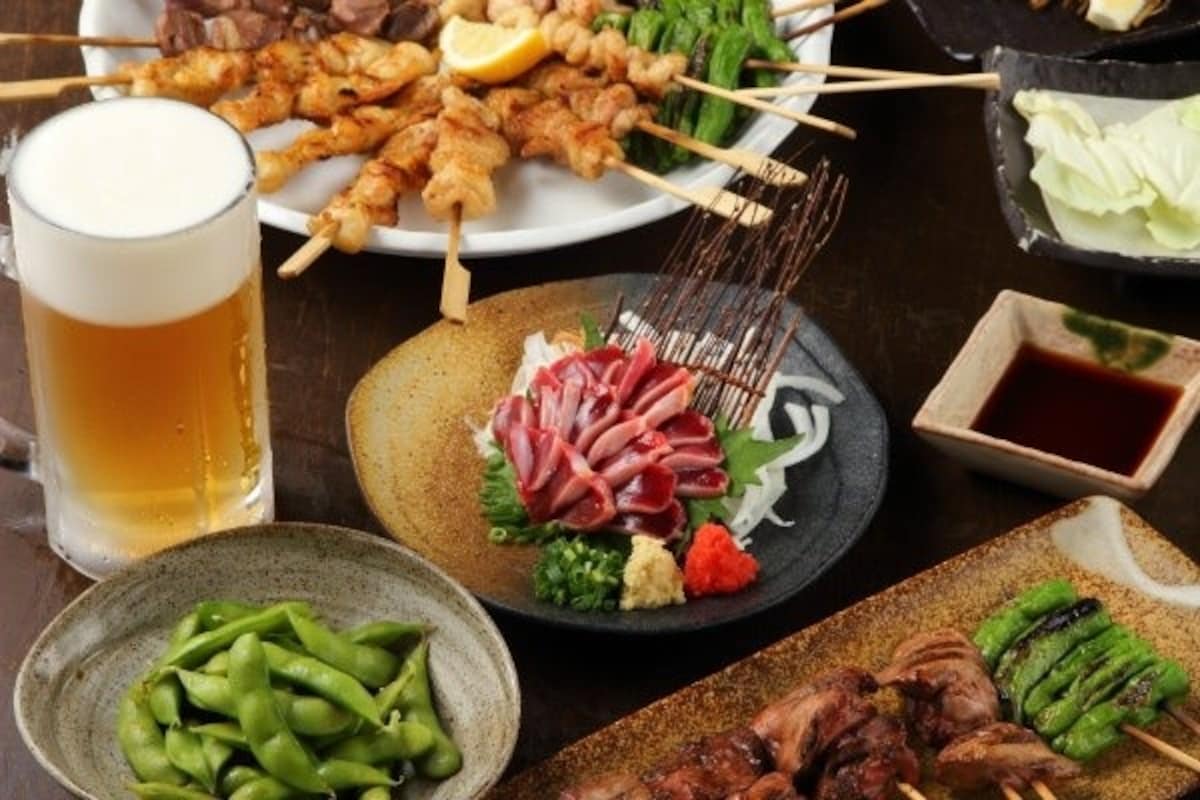
https://allabout-japan.com/en/article/3733/
Eating out is cheap in Japan. Nobody tips (don’t even try—it will just make the staff feel guilty and confused). You can get a good lunch for about ¥1,000, and a good dinner starting around ¥2,000. If you want some tips on how to navigate popular Japanese-style pubs, called izakaya, you can take a look here.
7a. Reading Menus
Chain restaurants will generally have pictographic menus, so just point to order. Similarly, fast food restaurants will have pictographic menus on the counter you can point to. Mid-sized restaurants might have plastic replicas of their food outside, and it’s not unheard-of to drag staff out front and point to the thing you want. However, small restaurants will probably only have Japanese menus, so don’t venture in without someone who can read Japanese. High-end restaurants tend to include English subtitles on their menus to look posh—though an Italian restaurant may just as likely have Italian!
7b. Paying
To pay at a restaurant, just take your time getting up and slowly walk to the register. They’ll have your bill ready for you upon arrival. (Some places will keep a running tab on a clipboard or similar at your table; if so, bring that along.)
8. Language in Japan
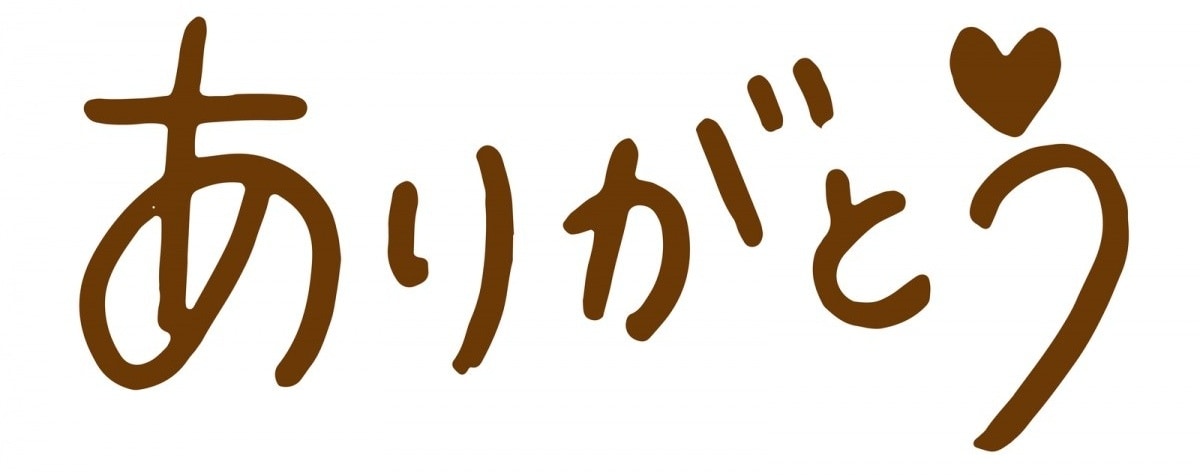
https://allabout-japan.com/en/article/6620/2/
The average Japanese person speaks almost—but not quite—zero English. Expect the average person to understand the following words: hello, goodbye, yes, no, OK, numbers 1-10 and thank you. That’s it. There are plenty of people who know lots more, of course, but don’t count on it. And believe it or not, you can get really far with just that list and some strategic thinking.
8a. Getting By in English
Everyone in Japan studies English in junior high, and it’s now being introduced earlier and earlier in elementary school. But only a fraction of them remember any of it, and the result is that everyone has pretty good latent English vocabulary, and lousy English grammar. On top of this, most people know the English words for major tourist spots in their area (or the English is close to the Japanese anyway). So, to be understood, just drop your grammar and say the thing you want with an obvious, confused shrug: “Tokyo Disneyland?” is enough to get you on your way (and remarkably close to what a Japanese person would say in any event). Similarly, station staff only expect you to state your destination, so you don’t need anything more when buying a ticket. That said, if you want a leg up, knowing how to say “Excuse me” in Japanese can help you grease a lot of wheels; you can find out about it here.
9. When to Go to Japan

https://allabout-japan.com/en/article/2557/
Japan has some amazing annual events and festivals you might want to see. The big ones are cherry blossoms in spring (late March to early April from Tokyo down; mid April to early May further north); fireworks displays and summer festivals in August; and changing leaves in late October to late November. New Year’s is also a big deal, but not so much for visitors. It’s also worth noting that while the mountains are small, if you ski, Japan has some of the best powder snow you could ask for. However, for each major event—and particularly in spring—you will have to compete with all the locals and international tourists hoping to catch Japan at its best.
9a. Times to Avoid
The first week of May is Golden Week, Japan’s biggest holiday. Everything is booked solid, so avoid coming at this time. June is the rainy season, though some years it rains very little, so it’s hit and miss. And although there are some great events, August is ridiculously hot (Kyoto is like human soup), and you can also expect one or two typhoons to hit somewhere in the country (typhoon season usually continues to late September).
10. Tattoos in Japan

https://allabout-japan.com/en/article/186/
Tattoos are associated with the Yakuza in Japan, and visible tattoos will get you barred from water parks and hot springs (a blanket “no tattoos” policy is how they keep gangsters out). Some hot springs will let you enter if you cover your tattoos with stickers, but some will not let you in at all. If you want more info on this whole rigamarole and the ways around it, take a look here.
11. Exceptions in Japan
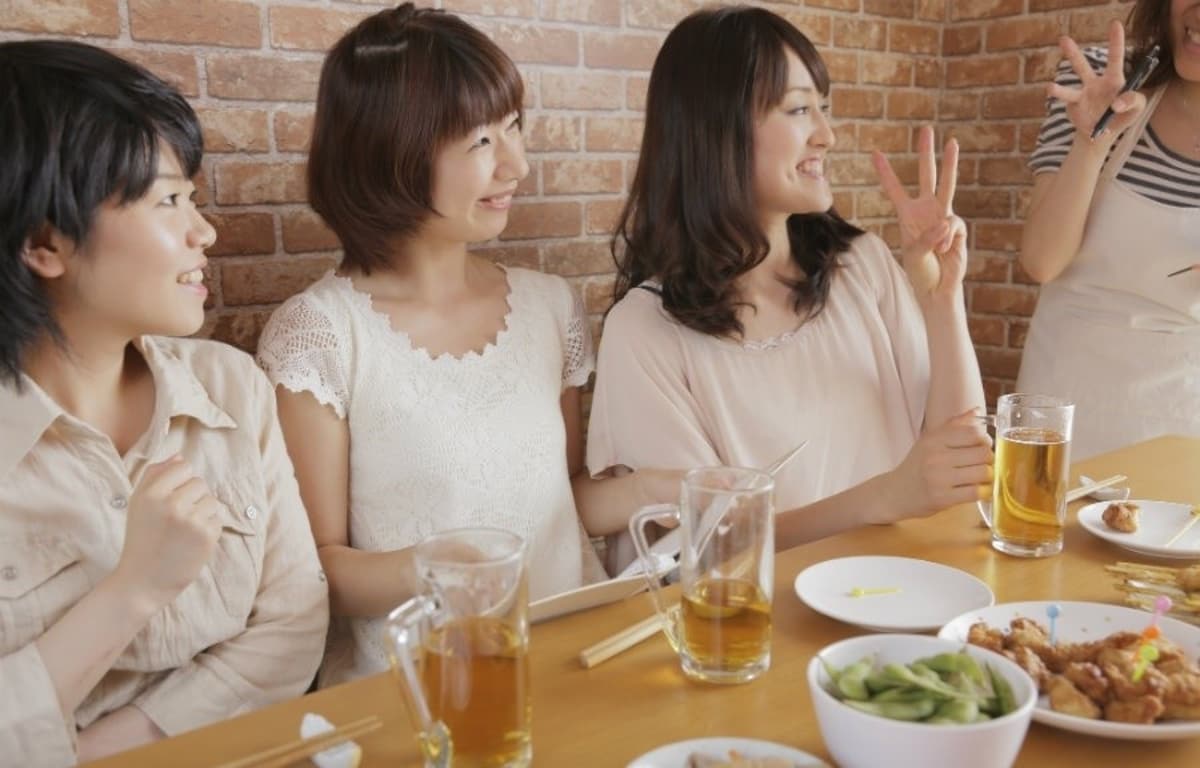
https://allabout-japan.com/en/article/3784/
Finally, be aware that Japan is great at regular procedure, and terrible at exceptions. Everything is done the same way for everyone; so if you want something a little off-menu, you will likely cause confusion, as it’s usually only the manager or owner who will have the ability to make a change. Excluding an item, like asking for a burger without pickles, isn’t a big deal—but an exchange, like potatoes instead of carrots, will require a top-level decision.
Bonus Round
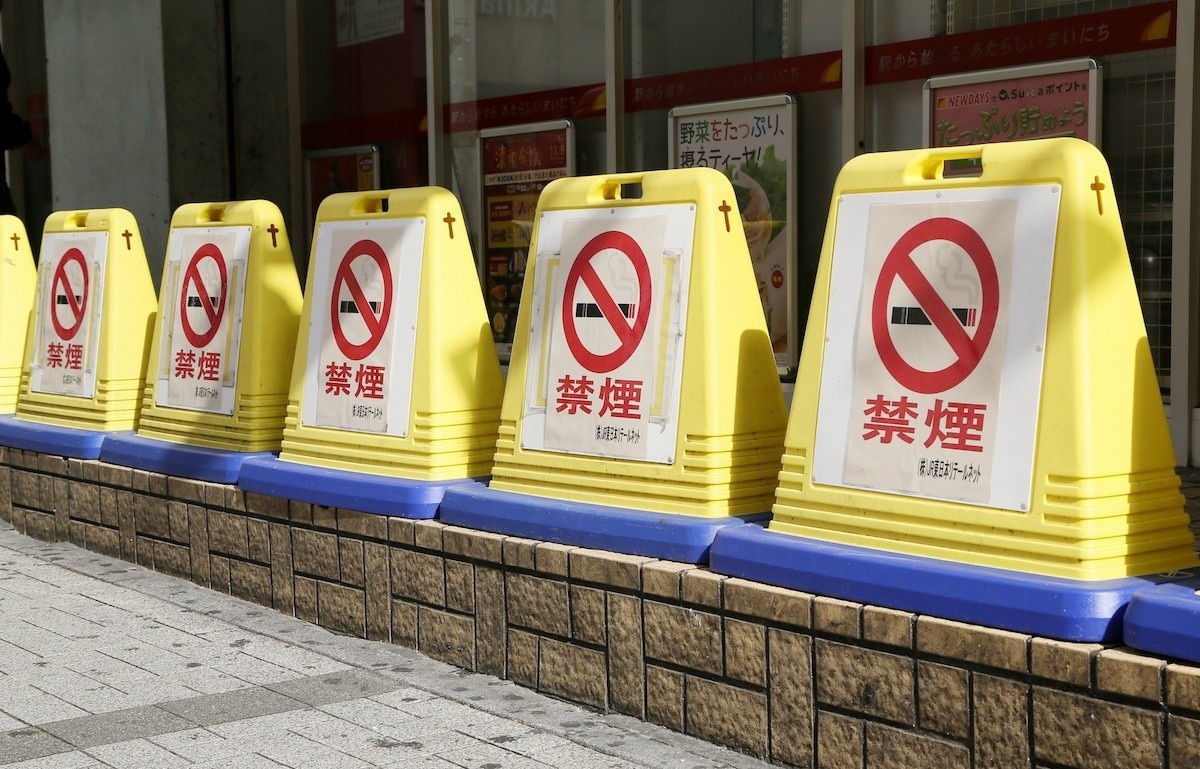
https://allabout-japan.com/en/article/2787/
Here are a few other little tidbits that might be of assistance, but aren’t as essential, when traveling around Japan:
a. Different Kinds of Passes in Japan
There are day passes and weekend passes for transport in most major Japanese cities. Look at the local transportation website before you arrive and consider whether getting one might save you some money. Remember, local subways won’t be covered by a JR Pass.
b. Using Chopsticks in Japan
If you can’t already use chopsticks, learn how. They’re the default in Japan, and while most places with pictographic menus will have forks, you’re going to find it difficult to enjoy the full range of food options (like sushi and izakaya) if you can’t use the local tableware.
c. Toilets in Japan
While most Japanese restrooms now have Western-style toilets, if you’re out in the countryside, you might want to know how to use a squat toilet. On the other end of the spectrum, if you encounter a fancy washlet toilet, don’t panic—just don’t hit the button that looks like the Golden Arches unless you want a wet bum … or a wet chin, if you’ve hit the button while facing the bowl.
d. Trash Cans in Japan
There are basically no trash cans except inside train stations and at convenience stores in Japan. If you have garbage, be ready to hang onto it for a while.
e. Easy-to-Remove Shoes for Japan
Be ready to take your shoes off a lot at historical sites, and anywhere with tatami straw mats (like someone’s house). You don’t really want to wear laced shoes in Japan—they’re a pain. Bring some comfy shoes you can walk in for hours, but slip out of easily.
f. Etiquette in Japan
If you want to get around without annoying people, don’t talk on the phone while on the train (or talk too loudly, unless you’re in Osaka), and don’t smoke outside anywhere but a designated area (so don’t smoke and walk). Also, keep an eye on which side of the escalator people stand on (you stand left in Tokyo, but right around Kyoto and Osaka).
We hope that all helps! There are of course more things you could know, but this should be enough to get by!



